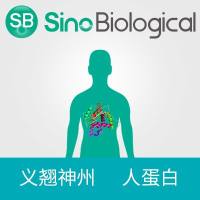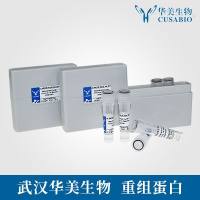Wound healing is a complex process involving the integrated actions of numerous cell types, soluble mediators, and extracellular matrix (ECM). In this study, phospholipase A2 (PLA2 ) purified from crotalid snake venom was found to express in vitro bactericidal activity against a group of clinical human pathogens. Based on the sequence homology of PLA2 , a series of peptides were derived from the C-terminal region of crotalid PLA2 . These short synthetic peptides were found to reproduce the bactericidal activity of its parent molecule. In vitro assays for bactericidal and cytolytic activities of these peptides showed very high microbicidal potency against Gram-negative and Gram-positive (Staphylococcus aureus ) bacteria. Variants of the peptides showed reduced toxicity toward normal human cells, while retaining high bactericidal potency. Here we describe the protocol for evaluating the wound healing process by antibacterial peptides. We evaluated the biological roles of the candidate peptides in skin wound healing, using a specific BALB/c mice model. Peptide-treated animals showed accelerated healing of full-thickness skin wounds, with increased reepithelialization, collagen synthesis, and angiogenesis observed during the healing process. Healing wounds in protein/peptide-treated mice had higher densities of neutrophils, macrophages, and fibrocytes. Along with increased leukocyte infiltration, levels of macrophage-derived chemokine expression were also upregulated. These results demonstrate that the protein/peptide derived from snake venoms promotes healing of skin wounds. The primary mechanism seems to be an increase in leukocyte infiltration, leading to locally elevated synthesis and release of collagen and growth factors.






